Have you ever wondered how to dry marigolds? How do you keep your beautiful, bright flowers from fading and losing their petals?
If you try to dry them in a vase or upside down, you’ll find they don’t dry very well. The petals shrink and fall from the stems. So how do you properly preserve them? With silica gel!
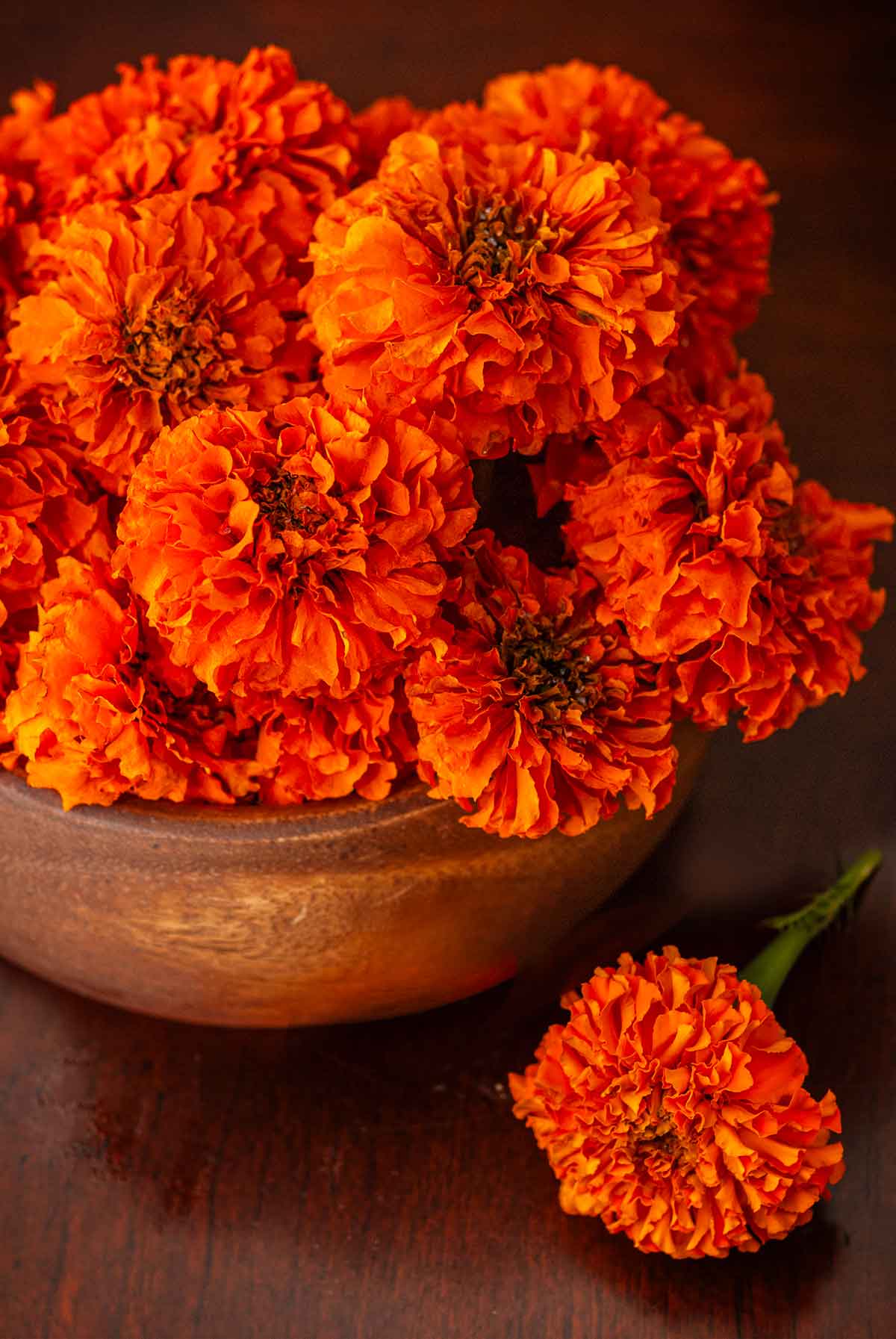
I wanted to preserve marigolds for my rose and marigold Christmas tree this year, so I grabbed a bouquet and 2.5 pounds of silica gel.
I used this technique to dry marigolds, but you can use the same technique to dry lots of flowers, including ones that are just as tricky as marigolds!
Although many flowers can be dried hanging upside down, using silica gel dries them faster and preserves the color better than hang-drying.
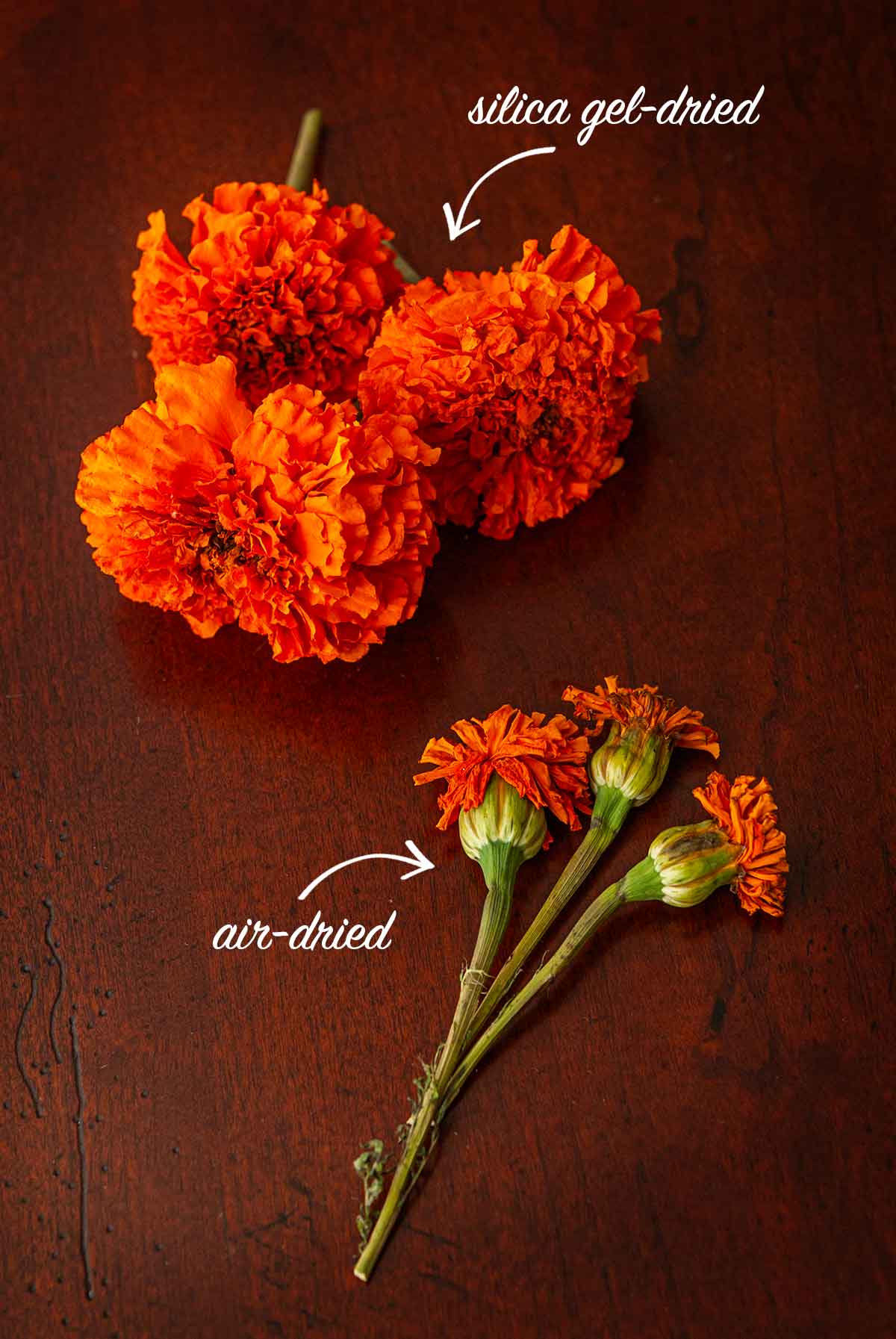
For example, it generally takes a full 2 weeks to hang dry roses until their stems are also dry. With silica gel, it takes only 7-10 days, and that’s including stems. If you only want to dry the flowers, they take just 4-5 days!
I’ve used silica gel to dry lots of flowers and the most successful were roses, pansies, cockscomb, gomphrena, and other hard-to-dry flowers like daffodils, carnations, petunias, ranunculus, and yes, marigolds!
On the other hand, I find flowers like pompoms, daisies, chrysanthemums, sunflowers, aster, black-eyed Susan and flowers with pin-like petals don’t fare so well.
They dry nicely, but the petals fall from the stems too easily once dried, so if you’re only wanting to preserve petals, you can certainly use silica gel for that purpose with these flowers.
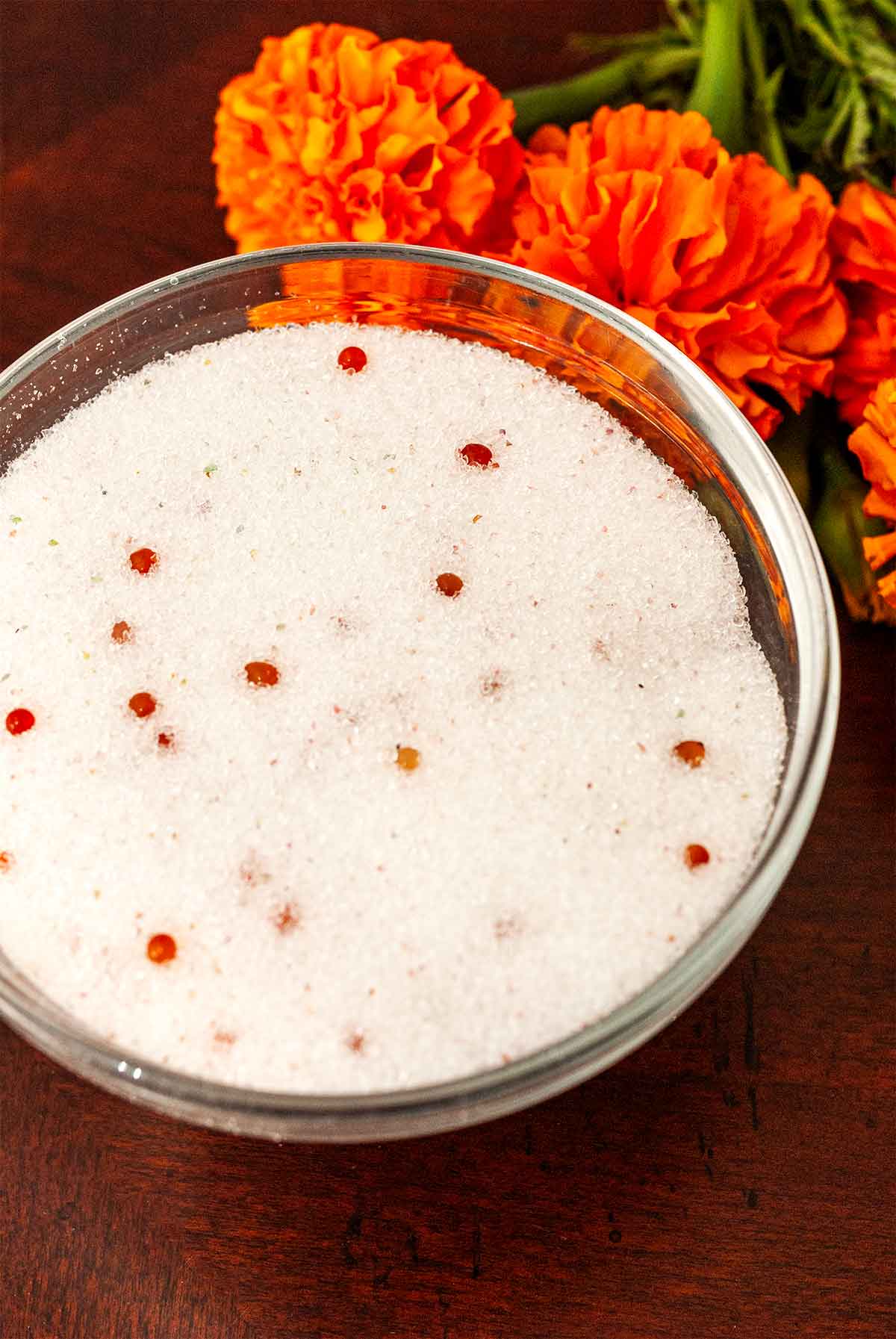
I only dry the blossom and a little bit of the stem of my marigolds, so 5-inch containers are all I need, but if you intend to dry marigolds with their stems, you’ll need taller containers.
What Is Silica Gel?
You’ll find silica gel in little packets in boxes of new pairs of shoes, in prescription bottles, even Christmas lights. Silica gel, which is not actually a “gel” texture, is like a sand that’s non-toxic and absorbs a lot of moisture, making it perfect for preserving flowers.
What You’ll Need To Dry Marigolds
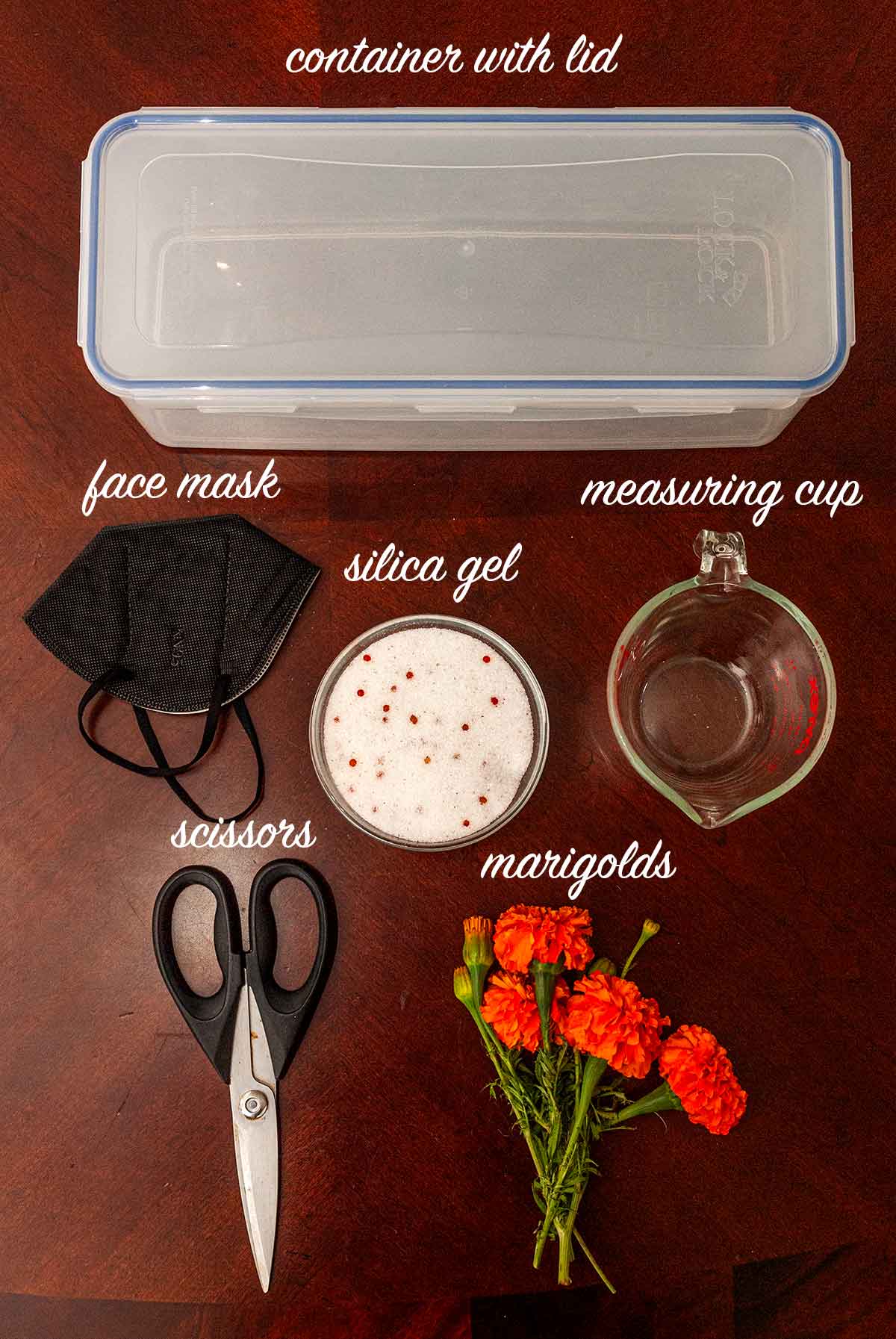
silica gel – To dry 1 traditionally sized bunch (about 12 marigold flowers) I use 2.5 pounds of silica gel. I prefer this brand because it includes little orange beads that turn green when they’re full of moisture. I also love that you can reuse it! Simply bake at 225 F. for 1-2 hours, and you’re all set to dry again!
a container with a tight lid – I use these 21.1 cup-sized containers with snap-on lids to do my drying (I just remove the little bread separator). They’re the perfect size for 12 marigolds with about 2 inches of stem.
kitchen scissors – These are just to snip the blossoms from the stems. You can also use pruning sheers.
measuring cup – You want to have some control when you’re pouring the silica gel, and pouring directly from the bag it comes in just results in a mess. I use a measuring cup to easily pour the particles over the flowers, but you can use just about any container with a lip for easy pouring.
face mask – Even though silica gel is non-toxic, you don’t want to be breathing the dust that escapes as you pour. It’s a little thick, and not the kind of thing you want to coat your lunges. I use a KN95 mask while pouring.
Find The Products
How to Dry Marigolds with Silica Gel
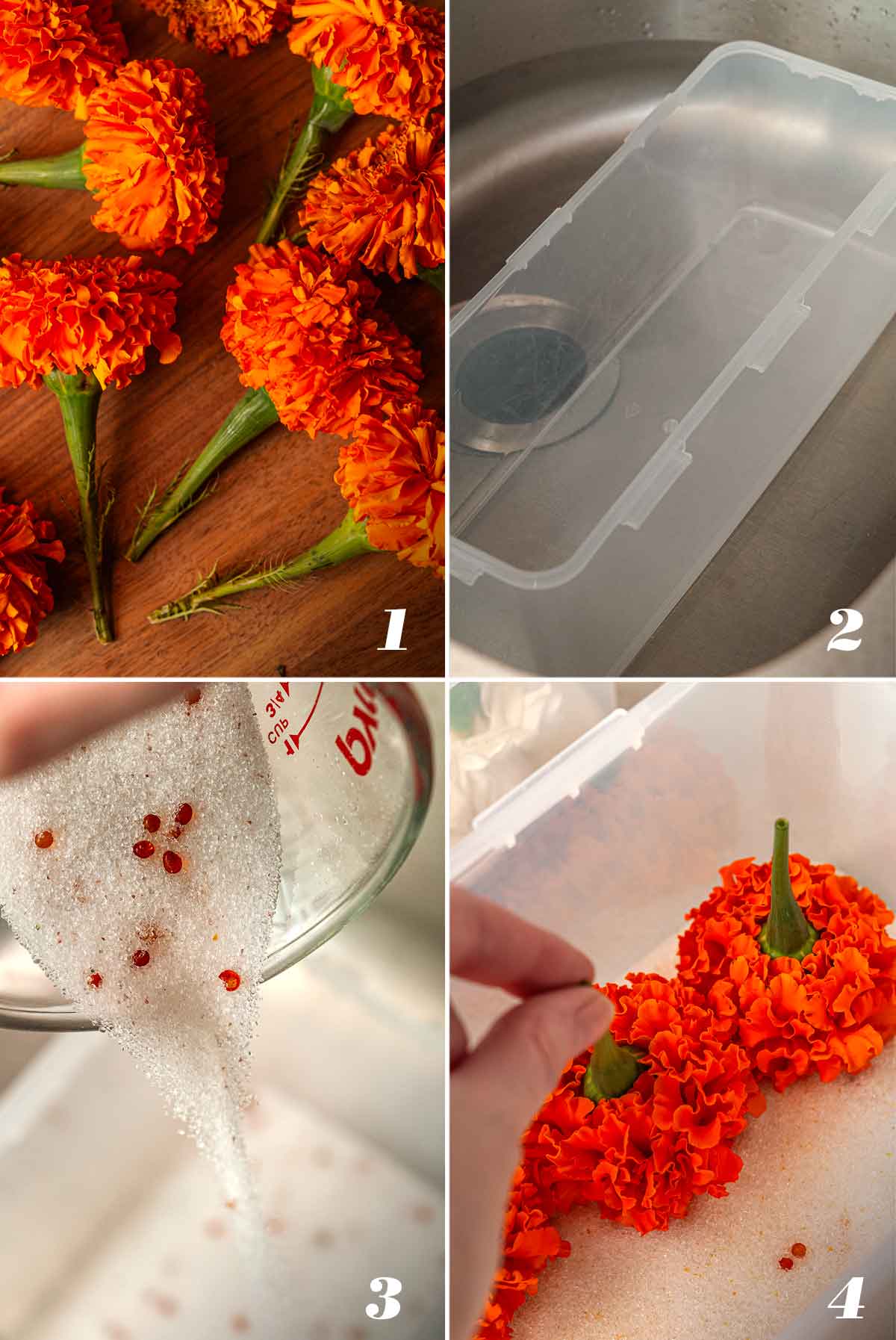
1. Snip the stems of 12 marigolds 2 inches below the bloom.
2. Place the container in a dry sink. No matter how carefully you pour the silica gel, I guarantee, you will spill some and it’s pretty annoying to clean up, especially if it finds its way to the floor, which I promise, it will.
3. Pour about a half-inch of silica gel evenly into the bottoms of your containers. This will prevent your flowers from drying flat on top.
4. Gently nestle each flower upside down in the gel, one by one.
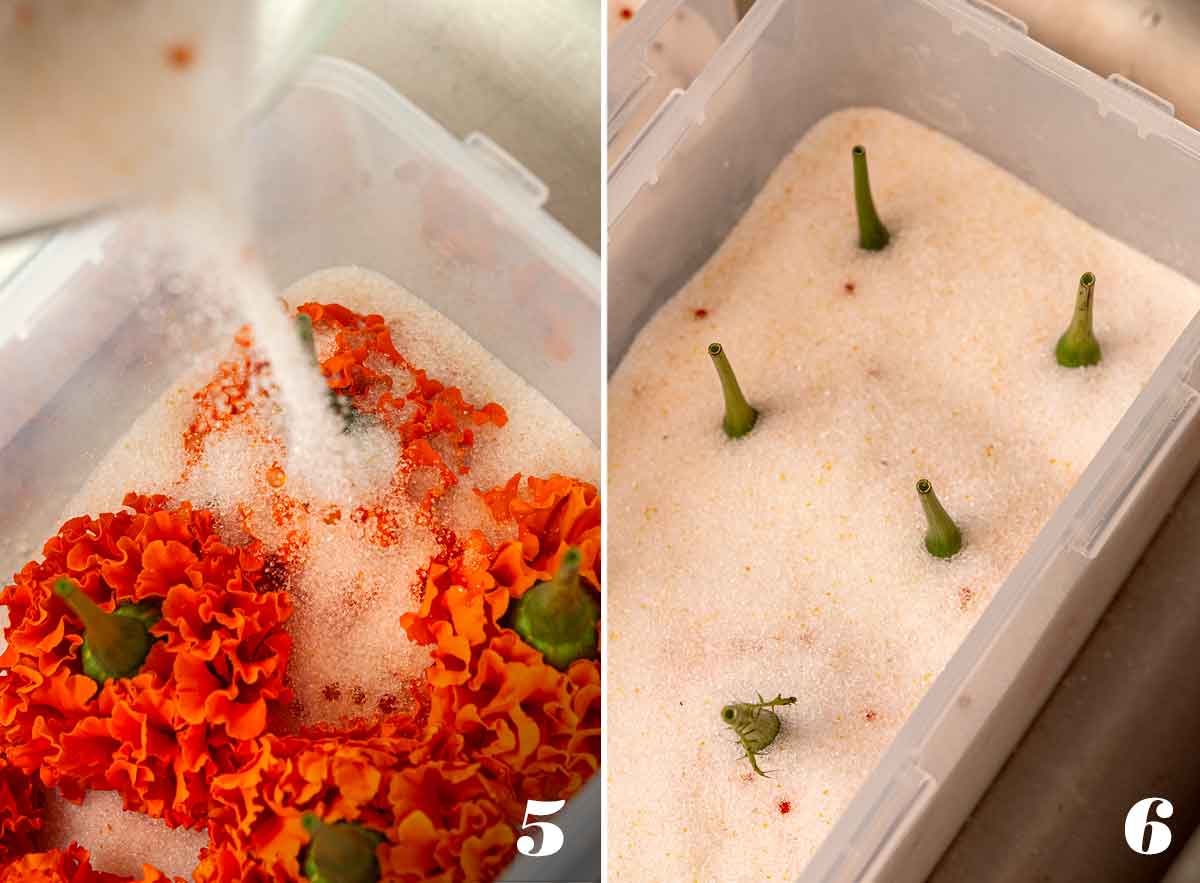
5. Use a measuring cup to slowly and evenly fill gel around the flowers. I find it’s helpful to start on the sides, then fill in between the flowers before pouring on top of them so that the gel really fills in around them.
6. Cover the flowers entirely with silica gel. It’s OK if the stems aren’t entirely covered. Place top on container and store for 10 days. Once done, place the container in the sink, open and gently remove the flowers.
What to Do With Your Dry Marigolds
Dry marigolds look beautiful on a Christmas tree, but you can also use them on top of wrapped gifts, in wedding bouquets, potpourri, soaps, or garlands.
To make a simple garland, use a needle and thread to thread through the green stem, just below the petals. Thread until you have a beautiful garland that will stay bright and beautiful for months!
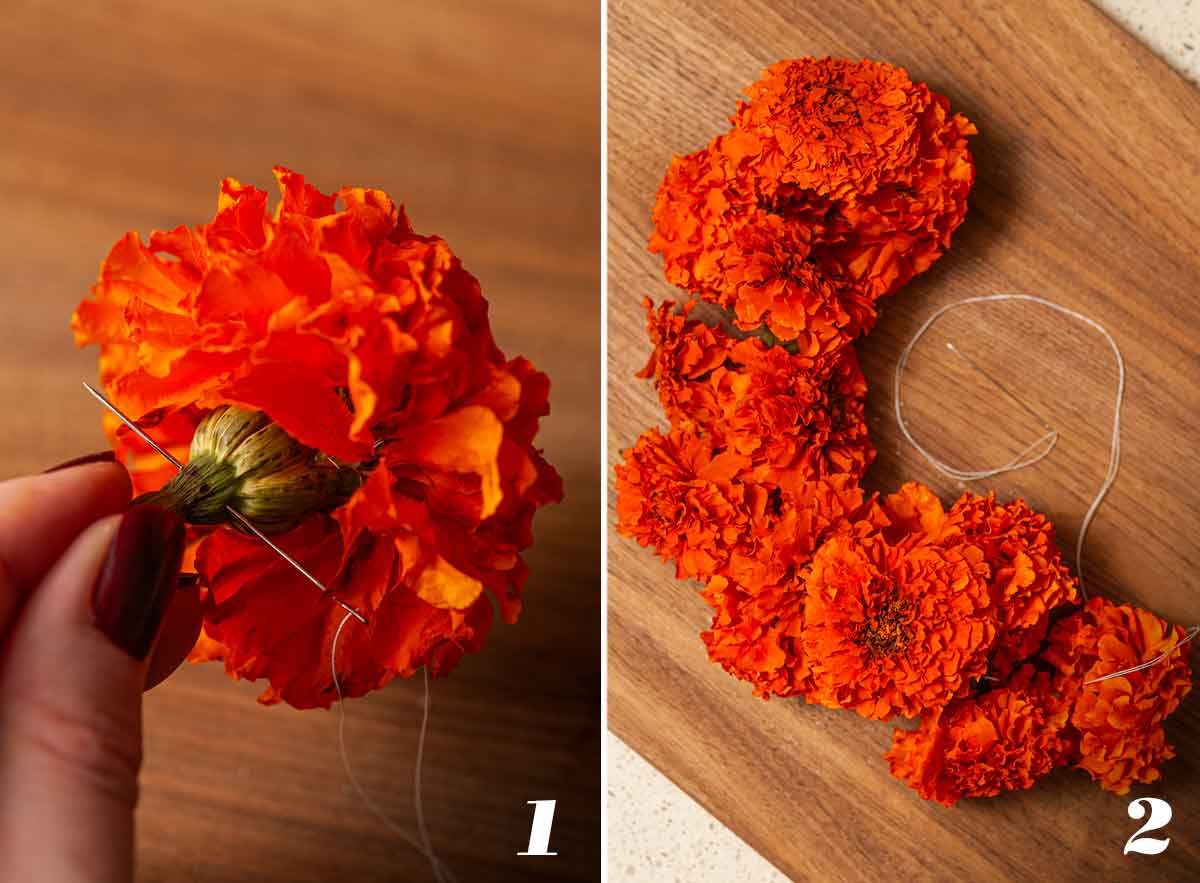
Important Notes
1. Don’t store them in a container with a lid after removing them from silica gel. There may still be a tiny amount of moisture in them, and if there is, they will just get soft and biodegrade faster. Keep them in a container without a lid or a bowl so they can continue to dry, or stay dry.
2. Although silica gel is non-toxic, it’s still not great if it ends up in our oceans. I suggest vacuuming any that escapes into the sink and throwing it out with your garbage instead of washing it down the drain. You can also place paper underneath the container to catch any particles and return them to the package to reuse.
3. And seriously, put those containers in the sink before adding silica gel or removing flowers. I’ve done this a million times, and have a very steady silica gel-pouring hand, and I make a mess every time! It’s like glitter, it finds its way everywhere.
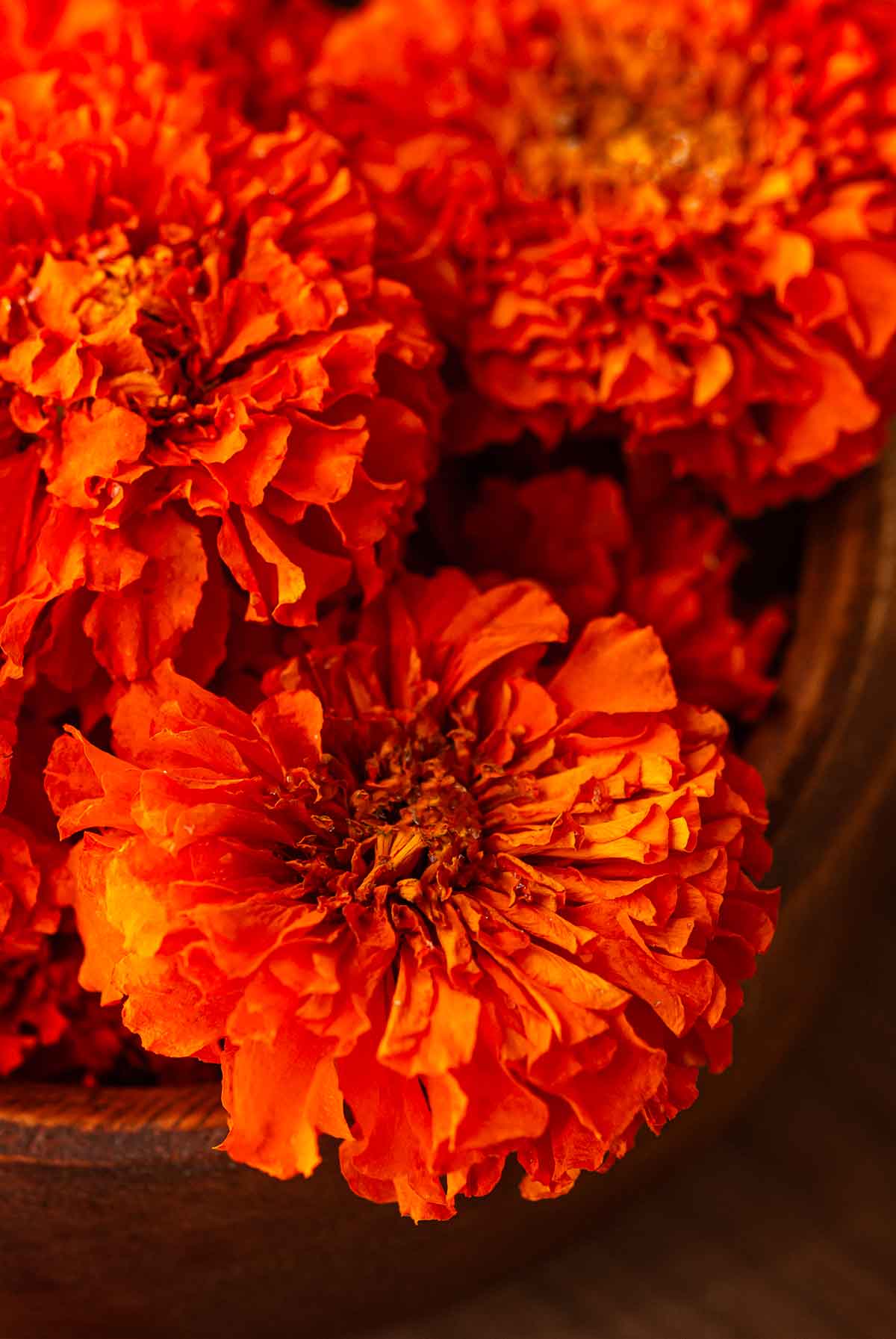
For more inspiration, subscribe to my newsletter, and follow me on Instagram, on Pinterest, tiktok, and Facebook! And if you ever make any of my tasty drinks or treats, take a picture and tag me. I want to see!



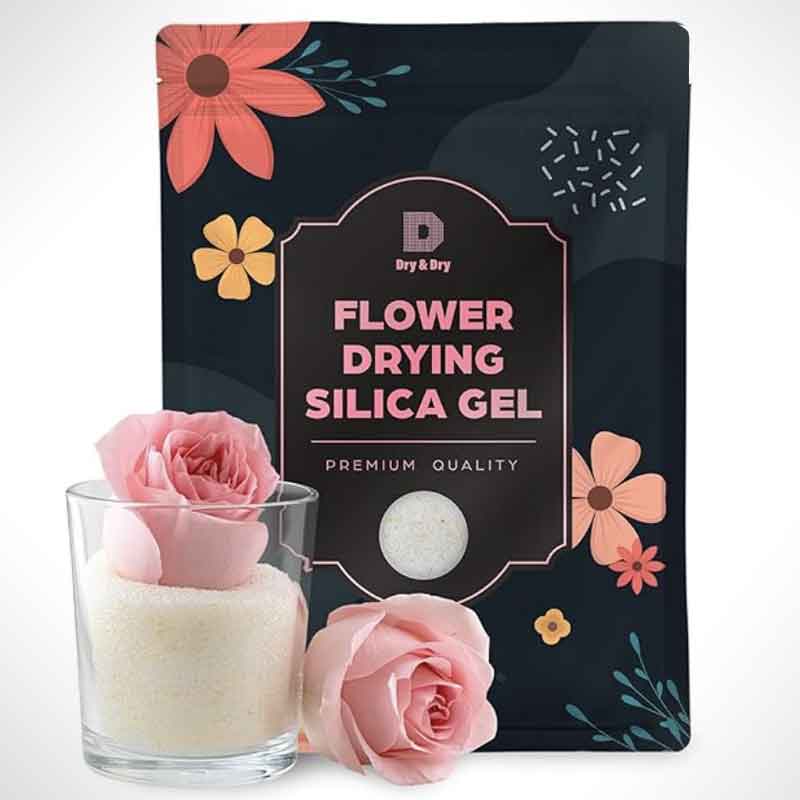
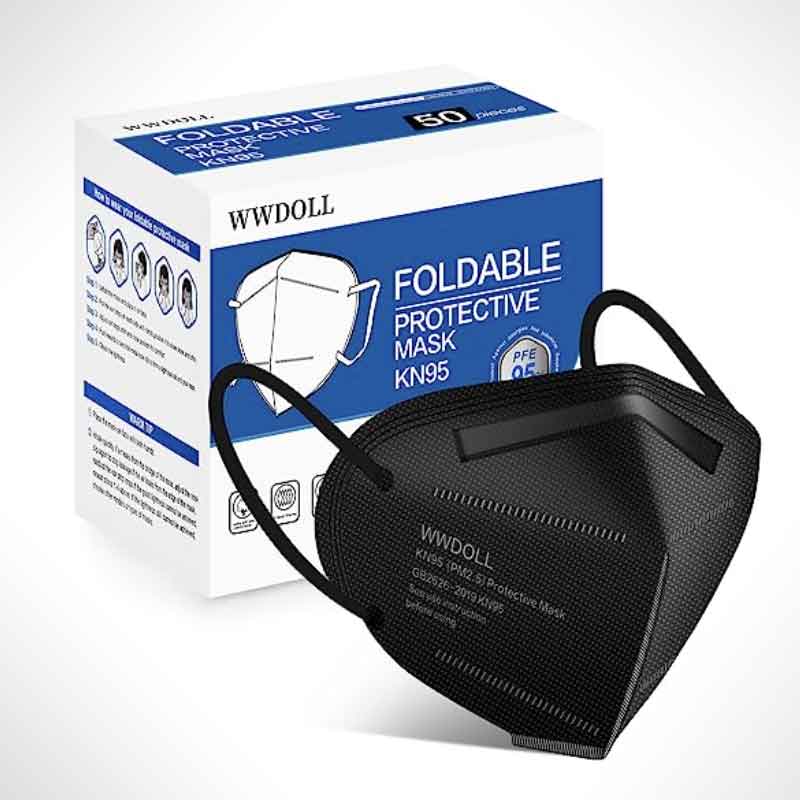
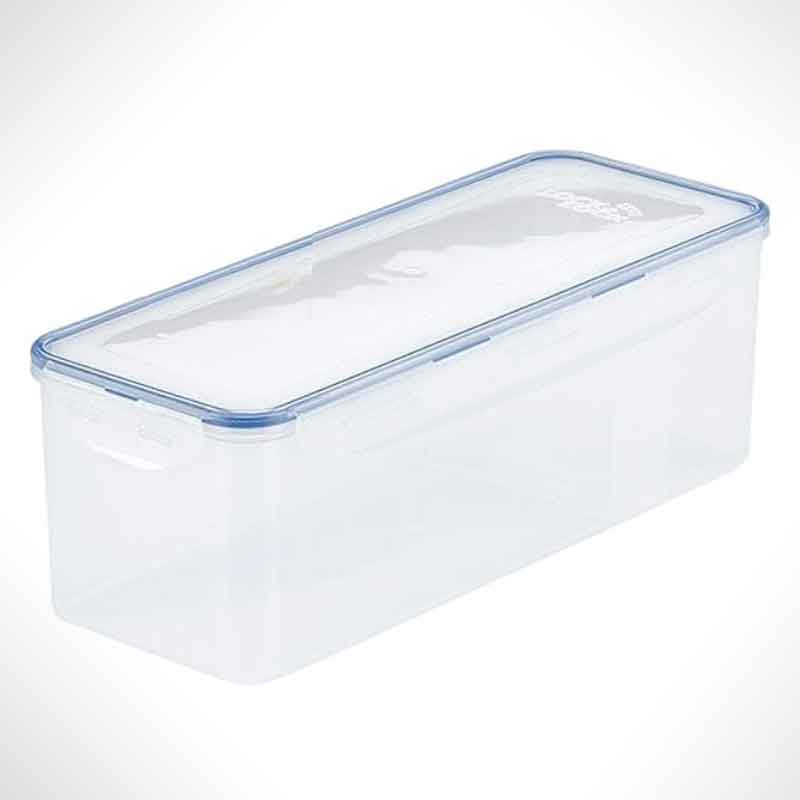

Srujana
This tutorial is very detail, thank you for sharing. How long these dried flowers stay same, will they turn brown eventually?
Genevieve Morrison
They stay bright for a surprisingly long time. I have some that I dried last Christmas and they’ve faded a little, but still look great. I don’t know if they’ll stay that way till next Christmas, but they’ll look lovely for at least a year.